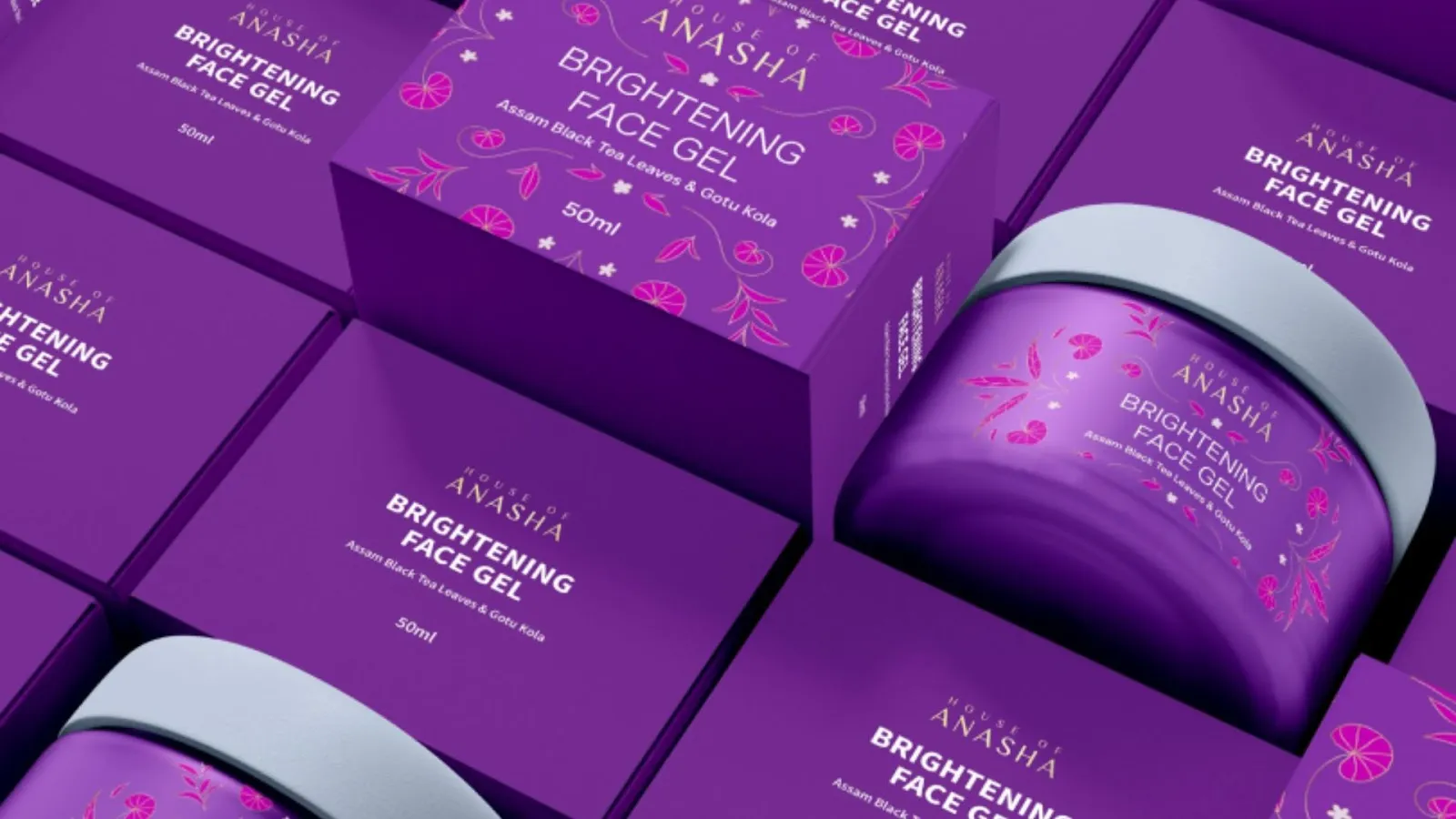.svg)
.svg)
.svg)
.svg)
.svg)
.svg)
.svg)
.svg)
Book a call and get unlimited revisions for your project!
.png)
.svg)

A default WooCommerce store is a great starting point, but it won't make your brand memorable. Effective WooCommerce customization is the key to transforming a generic online shop into a powerful sales engine that reflects your unique brand identity and captivates customers.
In a crowded digital marketplace, standing out is not just an option; it is essential for growth, and a tailored store experience is your greatest advantage.
This guide will walk you through the essential steps to give your store a complete makeover, helping you build a standout site that not only looks great but is optimized to turn visitors into loyal customers. We'll cover everything from theme basics to advanced checkout optimizations, giving you the tools to create a truly unique online presence.
Many online stores use the same basic WooCommerce template, which makes them look almost identical. When a customer lands on your site, you have just a few seconds to make an impression. If your store looks like every other one they have visited, they have no reason to stay, remember your brand, or make a purchase.
Customization allows you to break free from the ordinary. It's about strategically designing your store to guide your customers on a seamless journey from discovery to purchase.
This involves more than just changing colors and fonts. It means creating a unique brand experience, improving user navigation, and streamlining the path to conversion.
Ultimately, customizing WooCommerce for conversions is not a cosmetic upgrade; it is a fundamental business strategy. A well-customized store builds trust, communicates professionalism, and makes customers feel confident buying from you.
For founders, a customized WooCommerce store is more than an online brochure; it is a scalable asset. In the early stages of a startup, it's tempting to opt for the quickest, cheapest setup. However, this often leads to a patchwork of incompatible plugins and a rigid design that can't adapt as your business evolves.
A strategically customized store, built on a flexible theme and clean code, is an investment in your company's future. It allows you to pivot quickly, integrate new technologies like CRM or advanced analytics, and scale your operations without being held back by technical debt.
This forward-thinking approach ensures that your e-commerce platform can grow alongside your brand, not against it.

Your WooCommerce theme is the visual foundation of your store. While the default Storefront theme is functional, it’s a blank canvas. True customization begins with either adapting a high-quality theme or building upon a flexible one.
The theme you choose will determine the extent of your design flexibility. Look for themes that are well-coded, fast, responsive, and compatible with popular page builders. Themes like Astra, Hello Elementor, or Kadence are excellent starting points because they are lightweight and built for customization.
Avoid bloated themes with countless pre-packaged features you will never use, as they can slow down your site and complicate the design process.
For basic changes, the built-in WordPress Customizer is your best friend. You can access it from your dashboard under Appearance > Customize. Here, you can make live changes without touching a single line of code. Typical options include:
If you plan to make code-level changes to your theme’s files (like modifying CSS or PHP), always use a child theme. A child theme inherits all the functionality and styling of its parent theme. Any modifications you make are stored in the child theme’s files.
This is incredibly important because when the parent theme gets an update, your custom changes won't be overwritten and lost. It is a simple step that saves you from major headaches down the road.
Plugins are what give WooCommerce its incredible power and flexibility. While your theme controls the look, plugins add the specific features and functionality that create a tailored user experience. However, it's about choosing the right tools, not just adding more of them.
How do you customize a WooCommerce shop page without code? The answer for most store owners is a page builder. Page builders like Elementor or Beaver Builder provide a drag-and-drop interface that gives you complete control over your store's layout. You can create custom product pages, design unique shop layouts, and build beautiful landing pages from scratch.
Using Elementor for WooCommerce is a popular choice because it offers a huge library of widgets specifically designed for online stores, allowing you to display products, categories, and add-to-cart buttons anywhere you want.
This unlocks a key part of WooCommerce store design secrets: building pages that are visually compelling and conversion-focused.
Beyond page builders, a few key plugins can significantly improve your store's functionality.
Feeling lost in the sea of plugins and design options? At Confetti, we specialize in retail brands, creating seamless website & mobile app design that converts. If you need a partner to build your standout store, book a call with our expert team.
Your product and checkout pages are where the most important actions happen. Even minor friction in these areas can lead to abandoned carts and lost sales. Optimizing them is a critical part of customizing WooCommerce for conversions.
How can you make your WooCommerce product page more attractive? It comes down to a few key elements. First, use high-quality, professional images and videos that show your product from multiple angles and in context. Second, write compelling and clear product descriptions.
Focus on the benefits for the customer, not just the features. Finally, display social proof prominently. Customer reviews, ratings, and testimonials build trust and validate a customer's decision to buy.
A long and confusing checkout is the number one reason for cart abandonment. Your goal should be to make the process as fast and frictionless as possible.

Today, more than half of all online traffic comes from mobile devices. If your store isn't optimized for smartphones and tablets, you are leaving a lot of money on the table. A great mobile experience is a non-negotiable part of modern WooCommerce UX design tips.
Your store must be responsive, meaning it automatically adjusts its layout to fit any screen size. Most modern themes are responsive out of the box, but you still need to test your site on different devices. Pay attention to a few mobile-specific details:
Let's look at a hypothetical example. Imagine a startup called "The Daily Grind," a specialty coffee brand. Initially, they launched with a basic WooCommerce setup. Their store used a generic theme, product pages had simple descriptions, and the checkout process was clunky. Sales were slow, and their bounce rate was high.
They decided to invest in a complete WooCommerce customization.
The results were transformative. Within three months, their conversion rate doubled, the average order value increased by 20%, and customer feedback praised the beautiful and easy-to-use site. This story illustrates that a thoughtful makeover is not just about aesthetics; it is a direct investment in your business's bottom line.
A professional touch can make all the difference. As a one-stop agency for retail brands, Confetti understands the unique needs of sectors like food & beverages and beauty. We don't just build websites; we build conversion-driven experiences.
Ready to transform your WooCommerce store from generic to unforgettable? Book a call today and let's build a store that truly connects with your customers.
Putting all these pieces together, from selecting the right theme to optimizing every plugin and page—can feel like a full-time job on top of running your business. This is where a specialized partner makes all the difference.
At Confetti, we live and breathe retail, focusing exclusively on sectors like food & beverages, beauty, and fashion. We don't just build websites; we create cohesive brand experiences.
We integrate everything from your core branding and packaging design to the AI photography on your product pages, ensuring every element works together to drive conversions.
Instead of juggling multiple freelancers and agencies, our clients get a single, expert team dedicated to transforming their generic storefront into an unforgettable brand. If you’re ready to see what a dedicated retail partner can do for your store, book a call with our team.
Why should I customize WooCommerce instead of using default settings?
Customizing your store allows you to create a unique brand identity, stand out from competitors, and build a user experience that is tailored to your customers, which helps increase trust and conversions.
What are the best WooCommerce plugins for design?
How do I make my WooCommerce store unique?
Make your store unique by developing strong branding, using high-quality custom photography, writing compelling product copy, and creating a personalized shopping journey from homepage to checkout.
How much does it cost to customize a WooCommerce store?
The cost varies widely, from a few hundred dollars for premium themes and plugins if you do it yourself, to several thousand dollars or more when hiring a professional agency for a completely bespoke design and functionality.
Can I customize WooCommerce without coding?
Lorem ipsum dolor sit amet, consectetur adipiscing elit, sed do eiusmod tempor incididunt ut labore et dolore magna aliqua. Ut enim ad minim veniam, quis nostrud exercitation ullamco laboris nisi ut aliquip ex ea commodo consequat. Duis aute irure dolor in reprehenderit in voluptate velit esse cillum dolore eu fugiat nulla pariatur.
Block quote
Ordered list
Unordered list
Bold text
Emphasis
Superscript
Subscript


.svg)